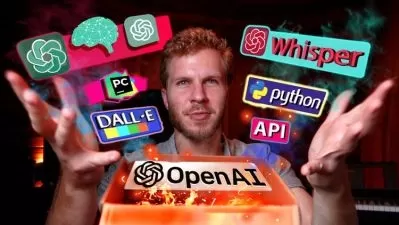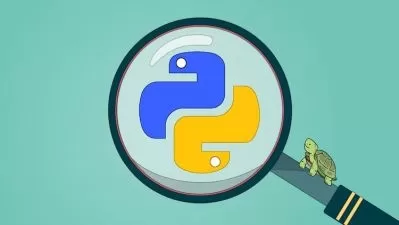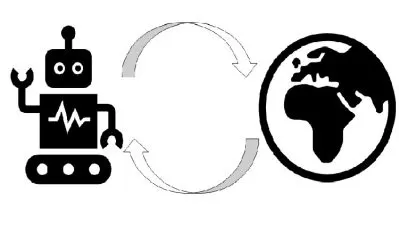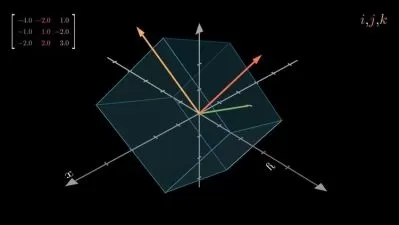Basic Statistics and Regression for Machine Learning in Python
Abhilash Nelson
5:04:49
Description
This course is for ML enthusiasts who want to understand basic statistics and regression for machine learning. The course starts with setting up the environment and understanding the basics of Python language and different libraries. Next, you’ll see the basics of machine learning and different types of data. After that, you’ll learn a statistics technique called Central Tendency Analysis.
Post this, you’ll focus on statistical techniques such as variance and standard deviation. Several techniques and mathematical concepts such as percentile, normal distribution, uniform distribution, finding z-score, linear regression, polynomial linear regression, and multiple regression with the help of manual calculation and Python functions are introduced as the course progresses.
The dataset will get more complex as you proceed ahead; you’ll use a CSV file to save the dataset. You’ll see the traditional and complex method of finding the coefficient of regression and then explore ways to solve it easily with some Python functions.
Finally, you’ll learn a technique called data normalization or standardization, which will improve the performance of the algorithms very much compared to a non-scaled dataset.
By the end of this course, you’ll gain a solid foundation in machine learning and statistical regression using Python.
All the code files and related files are available on the GitHub repository at https://github.com/PacktPublishing/Basic-Statistics-and-Regression-for-Machine-Learning-in-Python
More details
User Reviews
Rating
Abhilash Nelson
Instructor's Courses
PacktPub
View courses PacktPub- language english
- Training sessions 63
- duration 5:04:49
- Release Date 2023/02/14

















